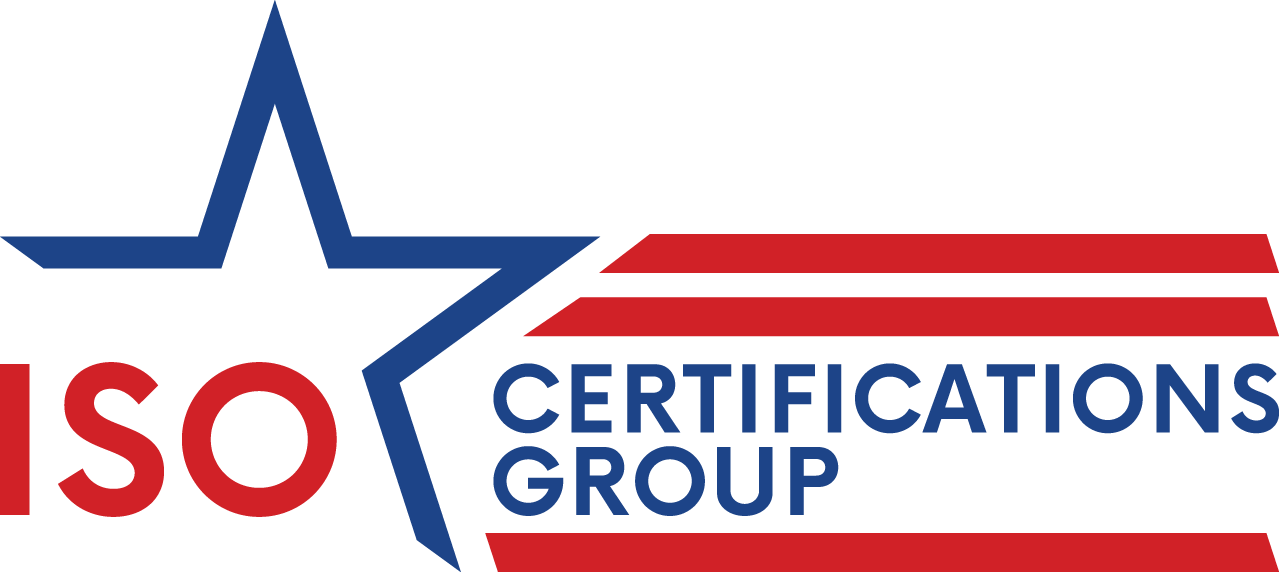Have you found yourself confused while reviewing an ISO standard or related document due to the extensive vocabulary surrounding management systems and auditing?
When it comes to the world of ISO standards and certification, there’s a lot of information to learn. If your organization is completely unfamiliar with this topic, picking up on key terminology and elements can be overwhelming. While they may not be too complicated, it can be a challenge processing them all at once.
In this article, we’ve created a guide to key ISO terminology and phrases that will help you in your organization’s journey to certification.
A Guide to ISO Vocabulary
ISO & Related Organizations
ISO: The International Organization for Standardization is an independent, non-governmental, international standard development organization composed of representatives from the national standards organizations of member countries.
ISO plays a crucial role in global trade by establishing common standards across countries. These standards help ensure that products and services are safe, reliable, and of high quality. For consumers and end-users, they provide confidence that certified businesses and products meet internationally recognized minimum requirements.
ISO 9001 (Quality Management System): ISO 9001 is a globally recognized standard for quality management. It helps organizations of all sizes and sectors to improve their performance, meet customer expectations and demonstrate their commitment to quality. Its requirements define how to establish, implement, maintain, and continually improve a quality management system (QMS).
Implementing ISO 9001 means your organization has put in place effective processes and trained staff to deliver flawless products or services time after time.
ISO 14001 (Environmental Management System): ISO 14001 is the internationally recognized standard for environmental management systems (EMS). It provides a framework for organizations to design and implement an EMS, and continually improve their environmental performance. By adhering to this standard, organizations can ensure they are taking proactive measures to minimize their environmental footprint, comply with relevant legal requirements, and achieve their environmental objectives.
ISO 45001 (Occupational Health & Safety Management System): ISO 45001 is an international standard that specifies requirements for an occupational health and safety (OH&S) management system. It provides a framework for organizations to manage risks and improve OH&S performance.
The standard establishes criteria for an OH&S policy, objectives, planning, implementation, operation, auditing and review.
ISO 50001 (Energy Management System): For organizations committed to addressing their impact, conserving resources and improving the bottom line through efficient energy management, we developed ISO 50001.
Designed to support organizations in all sectors, this ISO standard provides a practical way to improve energy use, through the development of an energy management system (EnMS).
OSHA: The Occupational Safety and Health Administration (OSHA) exists to assure America’s workers have safe and healthful working conditions free from unlawful retaliation.
EPA: The Environmental Protection Agency’s main mission is to protect human health and the environment. The EPA provides information and resources related to establishing an EMS for small businesses, private industry, and local, state and federal agencies. The EPA continues to maintain an EMS at all of its offices and laboratories, focusing on the reduction of the agency’s environmental footprint.
Management Systems
Management System: A management system defines how an organization coordinates the interrelated aspects of its business to achieve its objectives. These objectives may encompass various areas, such as product or service quality, operational efficiency, environmental sustainability, workplace health and safety, and more. The complexity of a management system varies based on your organization’s unique context and needs.
Management System Standard: ISO management system standards help organizations improve their performance by specifying repeatable steps that organizations consciously implement to achieve their goals and objectives, and to create an organizational culture that reflexively engages in a continuous cycle of self-evaluation, correction and improvement of operations and processes through heightened employee awareness and management leadership and commitment. Examples include those listed above; ISO 9001, ISO 14001, etc.
Certification, Accreditation & Audits
ISO Certification: ISO certification is a formal assurance issued by an accredited certification body, verifying that a product, process, system, or individual meets specific ISO standards. This certification supports ongoing improvement, ensuring consistency and quality in products and services. Once your organization is certified, this certification will represent the validity of your management system’s compliance.
Accreditation: ISO accreditation is the formal recognition of a company’s competence to conduct ISO testing and quality assessments in compliance with international standards. It signifies that the organization has established effective Quality Management Systems and is qualified to perform tests and evaluations within its accredited scope.
Certification Body: A certification body is an organization that assesses and verifies compliance with specific standards and requirements. It is responsible for issuing, maintaining, and, if necessary, revoking certifications.
ISO Certifications Group is a reliable and professional certification body here to certify your organization!
Audit: An audit is a systematic and independent process of gathering evidence and objectively assessing it to determine compliance with audit criteria. Simply put, it is a structured evaluation to ensure that a management system is functioning effectively.
An Internal Audit of a business’s management system, mandated by ISO Management System Standards, is conducted before external audits. Internal audits are typically carried out by an employee or specific staff member. They play a critical role in assessing your organization’s compliance and improvement.
External Audits are conducted by independent parties and can be classified as second-party or third-party audits. Second-party audits are performed by customers or their representatives, while third-party audits are carried out by independent organizations, such as certification bodies. Certification Audits are external audits.
Other Key Phrases or Terms
Nonconformance: A Non-Conformance occurs when a specific requirement is not met during an audit. There are two types: Major Non-Conformance, which involves a significant failure to meet standards and can affect certification, and Minor Non-Conformance, typically due to incomplete processes or lack of evidence, which may escalate if not addressed. Both types must be resolved within the auditor’s designated timeframe.
Risk: Risks are often defined as factors that organizations have very little to no control over, such as dangerous scenarios or the result of uncertainty in situations. A risk can have significant impact on your organization or operations, exposing personnel or products to possible harm. These factors often take the form of hazards, however they do open the door to opportunities for improvement and innovation.
Hazard: Hazards are defined as a potential source of harm.
Opportunity for Improvement: An opportunity for improvement refers to a potential area where your organization can enhance its processes, products, or services beyond mere compliance. These opportunities are often identified during audits to foster continuous improvement.
Corrective Action: Corrective Actions tackle current problems by identifying and eliminating the causes from their root. These issues can be identified through various means, like customer surveys, internal audits, incident reports, and more.
Preventive Action: Preventive Actions, on the other hand, focus on identifying and eliminating risks before an issue can occur. Avoid problems by assessing potential nonconformities and addressing vulnerabilities within your organization’s operations.
Conclusion: Know Your ISO Terminology
Understanding key ISO terminology is essential for navigating the certification process and ensuring compliance with international standards. By familiarizing your organization with these terms, you can streamline implementation, improve management systems, and confidently engage in audits.
Mastering ISO vocabulary not only simplifies the certification journey but also sets your business up for long-term success in a competitive global market.
Looking for a certification body to help your organization begin its journey to ISO certification? Contact us today at ISO Certifications Group to learn more about how we can assist you.

